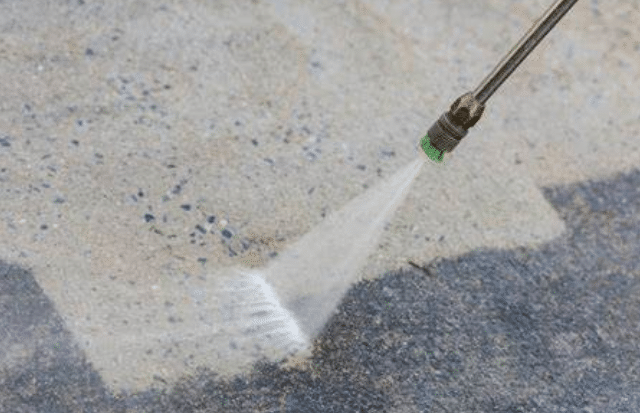Ways To Deal With Blistering In Concrete In El Cajon

- Incorrect concrete mix can lead to problems like blistering. Ensure the mix has the correct amount of water, cement, and aggregates. Also, the mixing time should be strictly adhered to; under-mixing can lead to water pockets, resulting in blisters.
- Consider using chemical admixtures that increase concrete’s workability and reduce the water-cement ratio, thereby lowering the likelihood of blisters. However, excessive usage can cause more harm than good, so it’s essential to follow the manufacturer’s guidelines.
- Placing and consolidating concrete correctly is crucial. Overworking the surface brings water and fine particles to the top, creating a weak layer that can form blisters. Vibration techniques can be used for consolidation to eliminate trapped air and excess water.
- Curing is a vital process for concrete’s strength development. However, improper curing methods or applying a curing compound too soon can trap moisture, leading to blistering. Therefore, the curing process should be slow and steady.
- Extreme temperatures during the concrete setting process can lead to blistering. To avoid this, shield the concrete from harsh environmental conditions and consider using cool aggregates or chilled mixing water during hot weather.
- Over-finishing or finishing while bleed water is present on the surface can cause blistering. Waiting for the bleed water to evaporate before starting the finishing process ensures a durable and robust concrete surface.
- Lastly, regularly inspect your concrete for early signs of blistering. If blistering is spotted, seek professional help immediately. Techniques such as shot blasting or grinding can be used to repair the blistered area, followed by resurfacing with a quality topping material.
FAQs
What Causes Blistering In Concrete?
Blistering in concrete is primarily caused by the migration of water to the surface during the setting and finishing stages. Other factors include overworking the concrete surface, inappropriate mix, and unregulated curing process.
Can Blistering In Concrete Be Prevented?
Yes, blistering in concrete can be prevented by proper mixing, appropriate use of admixtures, regulated curing, temperature control, and quality finishing techniques. Regular inspections also help detect early signs of blistering.
Is Blistering A Sign Of Structural Damage In Concrete?
While blistering can compromise the aesthetic value of concrete, it does not usually indicate structural damage. However, if left untreated, it can lead to more significant issues, such as delamination or scaling, which can affect the concrete’s structural integrity.
Conclusion
Blistering in concrete, while a common problem, can be effectively dealt with by implementing good construction practices. Starting from the right mix to appropriate curing and finishing techniques, every step plays a significant role in ensuring the longevity and robustness of concrete structures. For more information, contact Concrete Contractor El Cajon at (619) 473-4433.